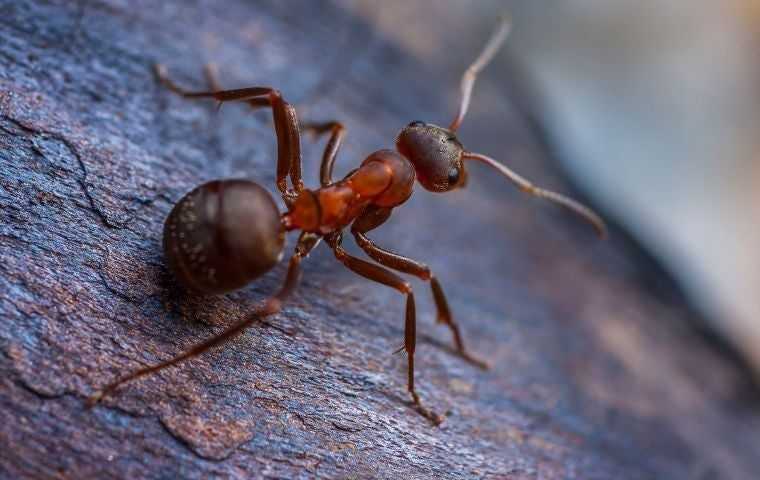
Pest Library
-
Ants

-
Aphids

-
Badgers

-
Bats

-
Bed Bugs

-
Bees

-
Beetles

-
Birds

-
Butterflies

-
Centipedes

-
Chipmunks

-
Cicadas

-
Cockroaches

-
Crickets

-
Deer

-
Earwigs

-
Fleas

-
Flies

-
Frogs

-
Gophers

-
Grasshoppers

-
Groundhogs

-
Lanternflies

-
Lizards

-
Mice

-
Millipedes

-
Mites

-
Moles

-
Mosquitoes

-
Moths

-
Possums

-
Raccoons

-
Rats

-
Scorpions

-
Silverfish

-
Snails

-
Snakes

-
Spiders

-
Springtails

-
Squirrels

-
Stink Bugs

-
Termites

-
Ticks

-
Voles

-
Yellowjackets


























.2405301242550.jpg)


















